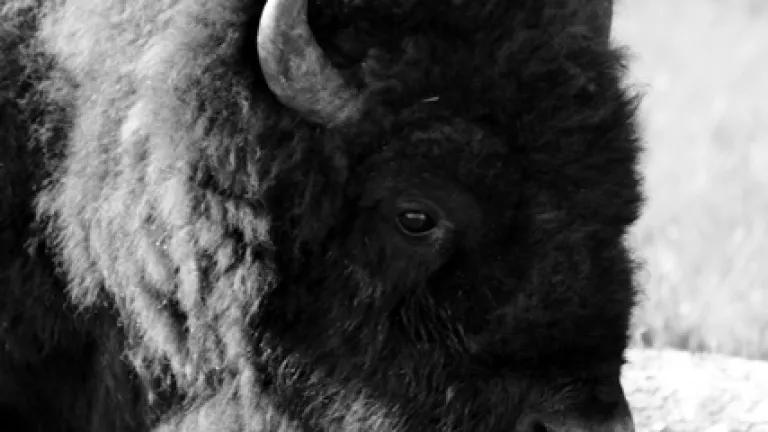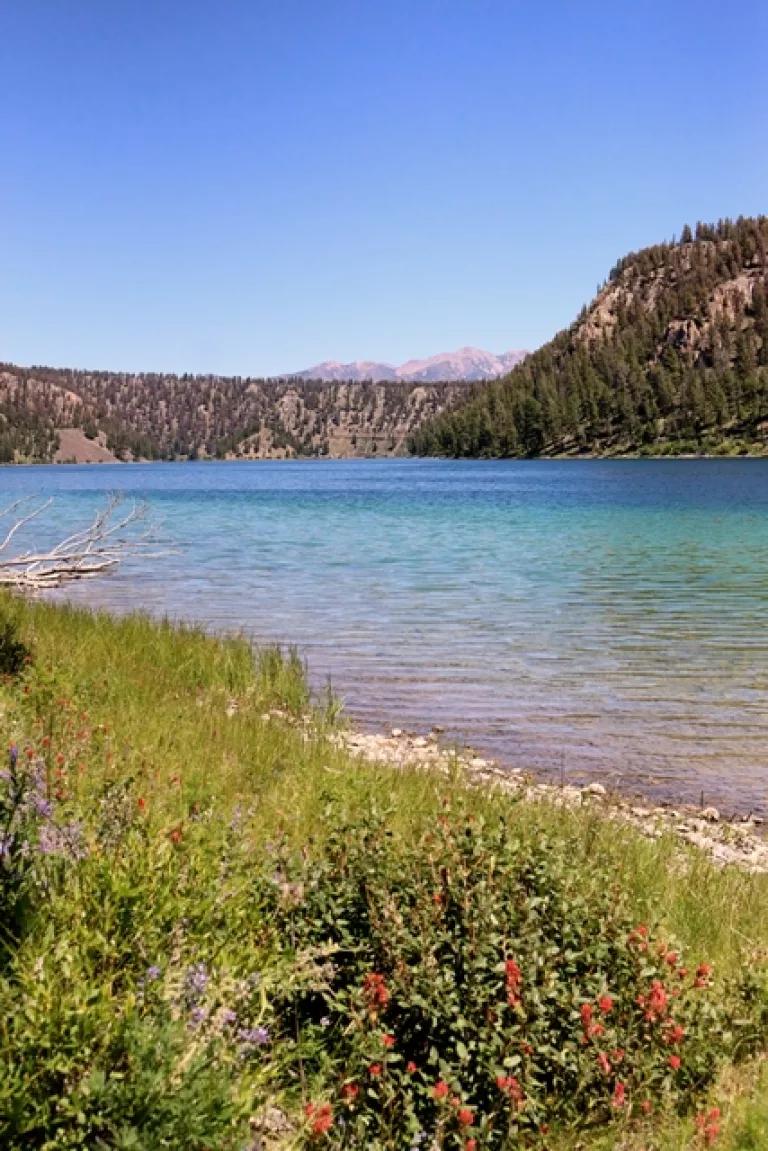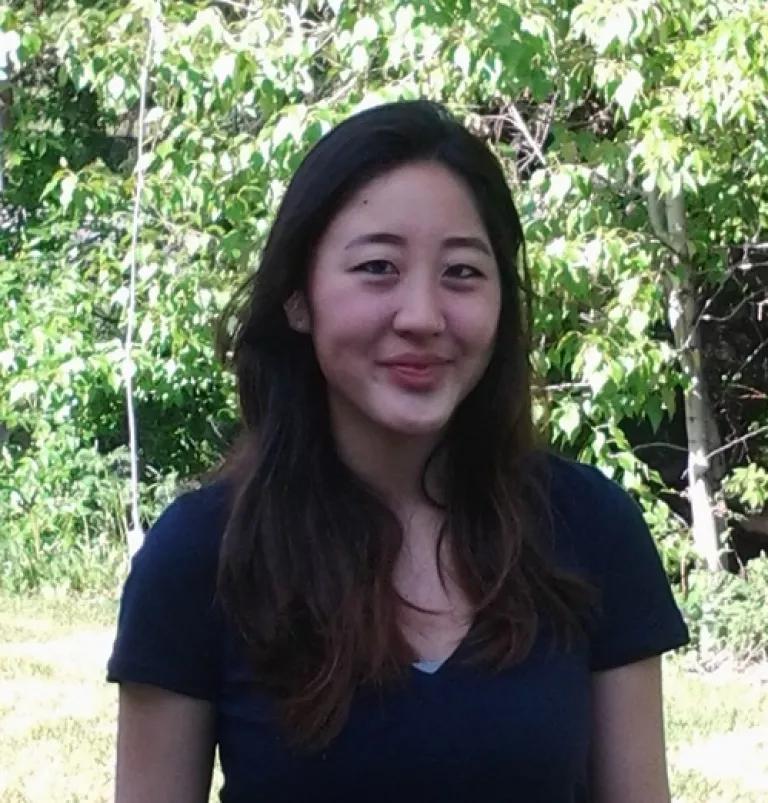
(Bison in Yellowstone National Park. Photo by Hilary Yu.)
After a truly incredible summer in Big Sky Country, I’ve begun to understand why so many people come to Montana and either never leave or begin to craft plans for their return the minute they do.
Growing up in California and attending college in upstate New York, I didn’t quite know what to expect upon arriving in the Treasure State, beyond what I had glimpsed in pictures and films. On the drive from Elk Grove, California to Bozeman, Montana, I was struck by a landscape of mountains stretching in every direction, the presence of snow in June, and then – passing through the nation’s first national park – the sight of the iconic species, Bison bison.
I’ve loved nature since childhood. After reading Silent Spring and learning about Erin Brockovich, I was inspired to go into environmental law and policy and decided in college to double major in government and the biological sciences. My junior year, I took a course on resource management and environmental law. Hearing about public lands in the United States and discussing the national park system in class, I was reminded of a dream a younger self had had – to see the place naturalist Ferdinand V. Hayden once described as a “wonder-land,” a place that had inspired him and others to create the nation’s, and to some the world’s, first national park. Learning that a summer internship in the Greater Yellowstone Ecosystem was available with one of the most well-respected, leading conservation organizations, I applied, eager and nervous. Receiving the phone call with the internship offer from the Natural Resources Defense Council’s Northern Rockies Office was a dream come true, for both my younger and present self.

(Cliff Lake, Montana. Photo by Hilary Yu.)
I was interested in a double major in government and biology because I wanted to better understand the interface between environmental policies and scientific research. The projects I worked on this summer have allowed me to understand that interface in a much more direct and tangible way, than my studies in the classroom. They have also shown me, however, that a realistic view of the policy-science relationship must include an understanding of social perceptions. Even as I assessed the science behind the patch occupancy model as a method for estimating the size of wolf populations, deep-seated feelings and the controversy surrounding the presence of wolves in the state were apparent in news articles and responses to proposals for using the model. While researching the effects of coal mining on wildlife, including the sage grouse, I was aware of the historic importance of minerals and mining to a state whose nickname, the Treasure State, stems from its mineral wealth. (Although coal, being organic, is not technically a mineral, the state does have significant coal reserves.) To me, however, the Treasure State has come to mean so much more – with winding rivers, rushing rapids, incredible alpine wildflowers, breathtaking views, and a diversity of wildlife that ranges from the colorful western tanager to the light-footed mountain goat – Montana is a treasure for hikers, cyclists, nature enthusiasts, photographers, and more.
My experiences this summer have shown me that the diversity of the state’s natural resources and wildlife is equally paralleled by the variety of individuals, from all different walks of life, who have fallen in love with Montana. It is that diversity which has been another defining aspect of this summer – from trips and meetings, I’ve seen how the variety of individuals and their diversity of interests are represented in decisions on environmental issues. This summer, I had the opportunity to listen to conservationists discuss the potential for year-round bison habitat and to travel to West Yellowstone to learn about Forest Service projects that balance wildlife and community needs – encouraging aspen and white bark pine growth, as well as protecting local communities from wildfires. At a Montana Fish, Wildlife, and Parks hearing on the Wolf Stamp, I heard hunters, ranchers, conservationists, tour guide operators, and citizens voice their thoughts on the proposed rule.
One weekend this summer, a friend and I went to the uniquely beautiful Cliff Lake to tandem-kayak. Without much prior experience, we spent some time traveling in circles, slowly making our way across the water. Having the chance to be on the ground this summer, I’ve seen that communication and cooperation lead not just to a better tandem-kayaking technique, but that the two also produce more effective environmental policies that help to address the concerns of all those who treasure the Big Sky Country, its incredible landscapes and wildlife.
Although the beginning of my senior year marks the end of my internship and time here, I know I will be among those leaving the Treasure State with the hope of someday returning.
-- Hilary Yu is a rising senior at Cornell University, where she is a Gates Millenium Scholar and a Phi Beta Kappa Junior Inductee. She was the Ann Clark Environmental Fellow in NRDC's Northern Rockies Office in Bozeman, Montana, this summer.

